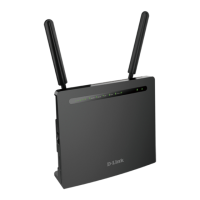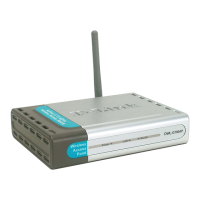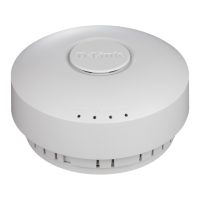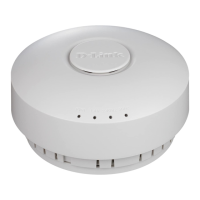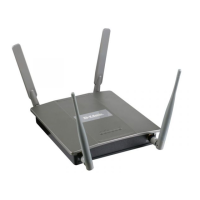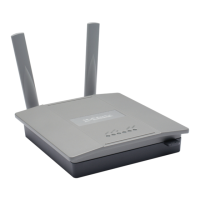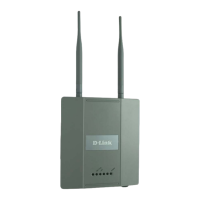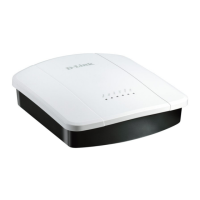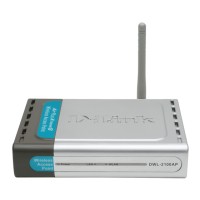Access Point Profile RF Commands 181
4 Wireless Commands
show wireless ap profile radio
This command displays the radio configuration for an AP profile. When you enter the required
profile ID, a summary view of the radio configuration is displayed. If you enter a radio index,
the radio configuration detail is displayed.
Format
show wireless ap profile <1-16> [radio <1-2> [rates [{advertised
| supported}]]]
Mode Privileged EXEC
AP Profile ID AP profile ID.
Profile Name Descriptive name associated with the AP Profile ID.
Radio Index AP profile radio interface.
Status Indicates whether or not the radio is operational (on or off).
Mode Indicates the physical layer technology for the radio.
RF Scan - Other Channels Mode Indicates if the radio is configured to scan on channels
other than its operating channel. A radio will always scan on its operating
channel.
RF Scan - Other Channels Interval If the radio is configured to scan other channels, indi-
cates how often, in seconds, the radio will leave its operating channel.
RF Scan - Sentry Mode Indicates if the radio is configured for dedicated sentry scan mode.
In this mode the radio does not allow any client associations.
RF Scan – Sentry Scan Channels Indicates which set of channels are scanned when sentry
scan mode is enabled, for example, 802.11a indicates the radio will scan all
channels within the 802.11a frequency band (5 GHz).
RF Scan - Duration Indicates how long the radio will scan on one channel. This configura-
tion applies to both scan other channels mode and sentry scan mode.
Super A or Super G Indicates if Super A/G is enabled on the radio. This can provide better
performance by increasing throughput for the radio mode.
Antenna Shows which antenna the radio uses to send and receive, which might be pri-
mary, secondary, or auto.
Beacon Interval Interval at which the AP transmits beacon frames.
DTIM Period Indicates the number of beacons between DTIMs (Delivery Traffic Indication
Map – indicates buffered broadcast or multicast traffic on the AP).
Fragmentation Threshold Indicates the size limit for packets transmitted over the network.
Packets under configured size are not fragmented.
RTS Threshold Indicates the number of octets in an MPDU, below which an RTS/CTS hand-
shake shall not be performed.
Short Retry Limit Indicates the maximum number of transmission attempts on frame sizes
less than or equal to the RTS Threshold. This is a read-only value and cannot
be configured.

